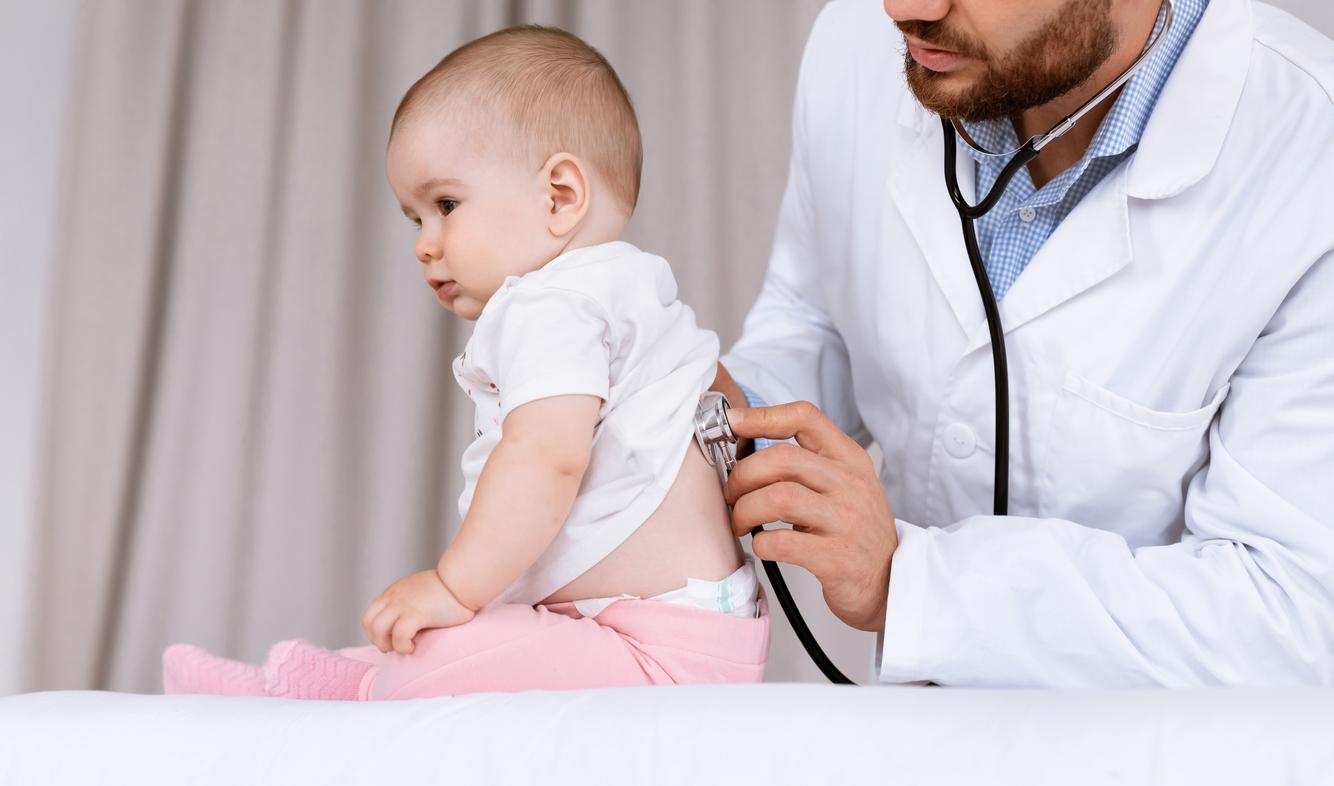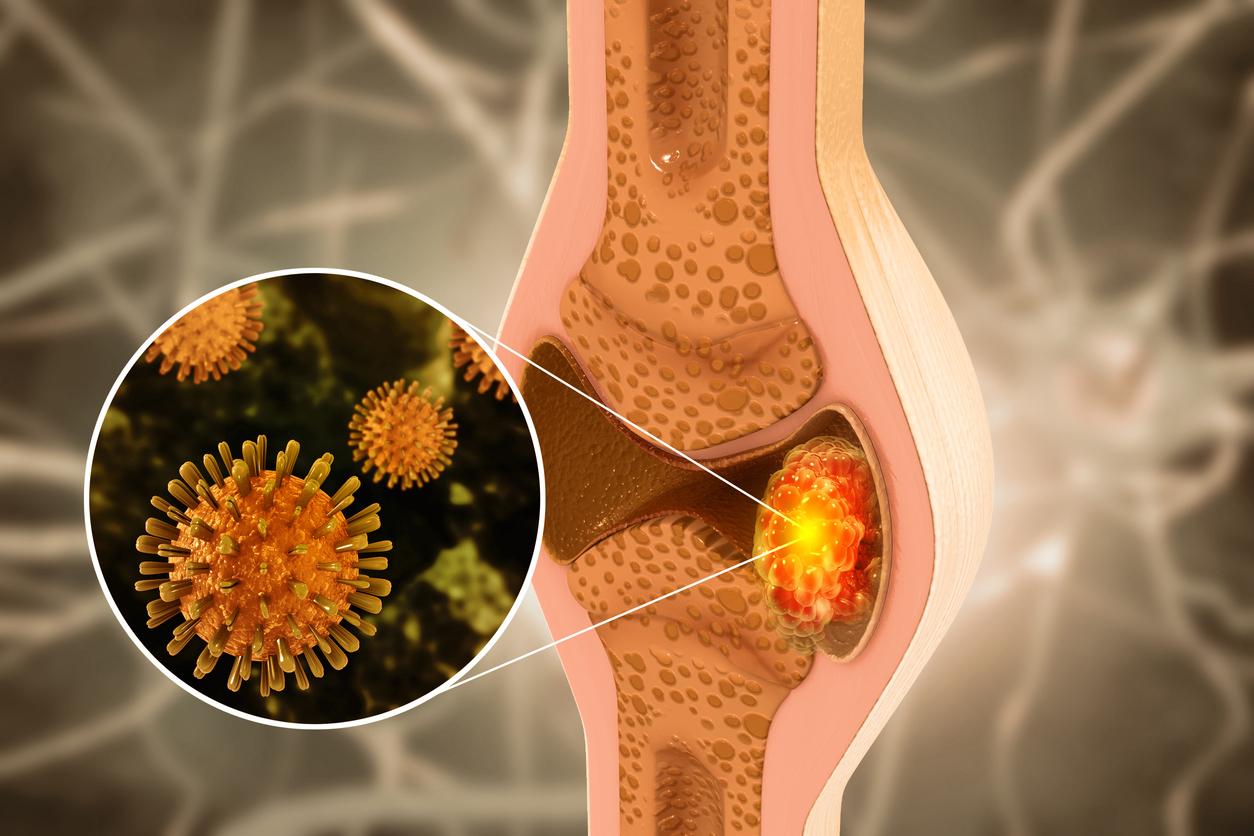Whooping cough is a bacterial respiratory infection, particularly contagious, which can have serious consequences, particularly in young children. What are the symptoms of this disease?

- Whooping cough is a highly contagious respiratory disease caused by bacteria.
- Bacterial infection is characterized by severe and persistent coughing fits.
- Young children are most affected.
Whooping cough is caused by a bacteria called Bordetella pertussis. Although vaccination has made it possible to slow down the attacks of the infection, the disease is still circulating and epidemics are regularly observed. Public Health France reports that whooping cough “evolves in cycles of recrudescence every 3 to 5 years”.
Contamination occurs mainly through droplets of saliva projected by the patient when he speaks, coughs or sneezes. The incubation period varies from 7 days to 3 weeks with an average of 10 days. It is after this time that the first symptoms appear.
Whooping cough: signs to spot in children
The first symptom of whooping cough is quite harmless, especially in toddlers who are very affected by the disease. This is a runny nose lasting one to two weeks. Then comes a cough most often without fever. The cough persists and gets worse as the days go by. After about a week, it takes the form of fits which are characterized by:
- sudden, violent and repeated bouts of coughing: fits cause spasms and breathing is difficult;
- a hight-pitched sound : “at the end of a coughing fit, the patient resumes breathing with a large, long inspiration, accompanied by the emission of a high-pitched sound (called “cock crowing”)”indicates theHealth Insurance. On the other hand, this sign is rarely observed in infants.
Other symptoms of infection are linked to coughing fits:
- the child’s face may be red or blue due to lack of oxygen;
- vomiting and sputum usually occur after a bout of coughing;
- a bursting of the small vessels located around the eyes: these can occur due to coughing.
“In infants, apnea can occur, sometimes accompanied by bradycardia (heart rate below normal), or even attacks of cyanosis (bluish discoloration of the skin) during fits,” specifies thePastor Institute.
He adds : “In young children, notable complications are pneumonia or neurological conditions (convulsive seizures, encephalitis). In infants, whooping cough can be very serious, even fatal, because it is accompanied by respiratory or multiorgan failure.”
Whooping cough: less severe symptoms in adolescents and adults
Symptoms are less dramatic in adults and adolescents. Typically, they present with a persistent and tiring cough that lasts between two to six weeks. In addition, unlike smaller children, it is more frequent at night in the majority of cases.
In pregnant women, coughing fits linked to whooping cough are likely to cause uterine contractions. The future mother does not transmit the disease to the fetus. On the other hand, it can be transmitted orally to the baby after birth, if it is still contagious.
“In adults, whooping cough does not always present the characteristic signs of the disease (absence of fits, inspiratory recovery, etc.). In the presence of a cough which persists and worsens beyond one week, the possibility of whooping cough should be considered.specifies Health Insurance.















